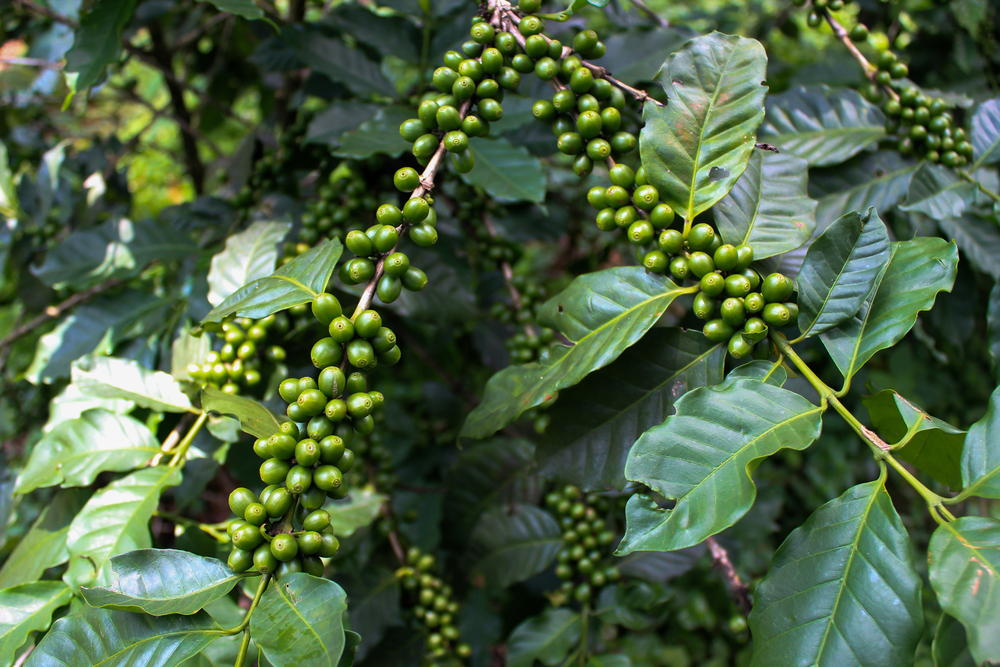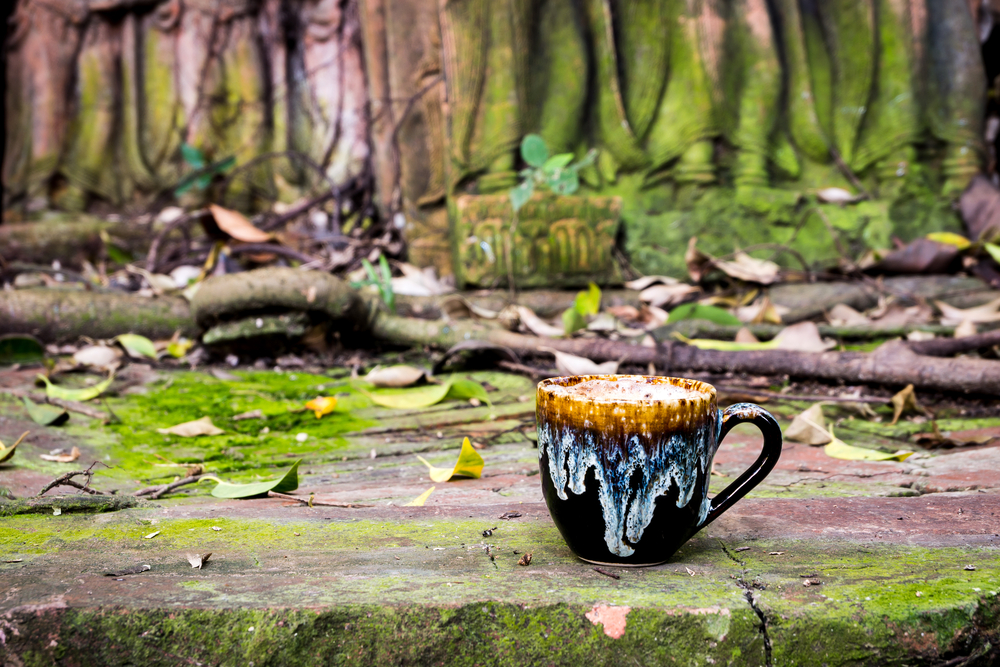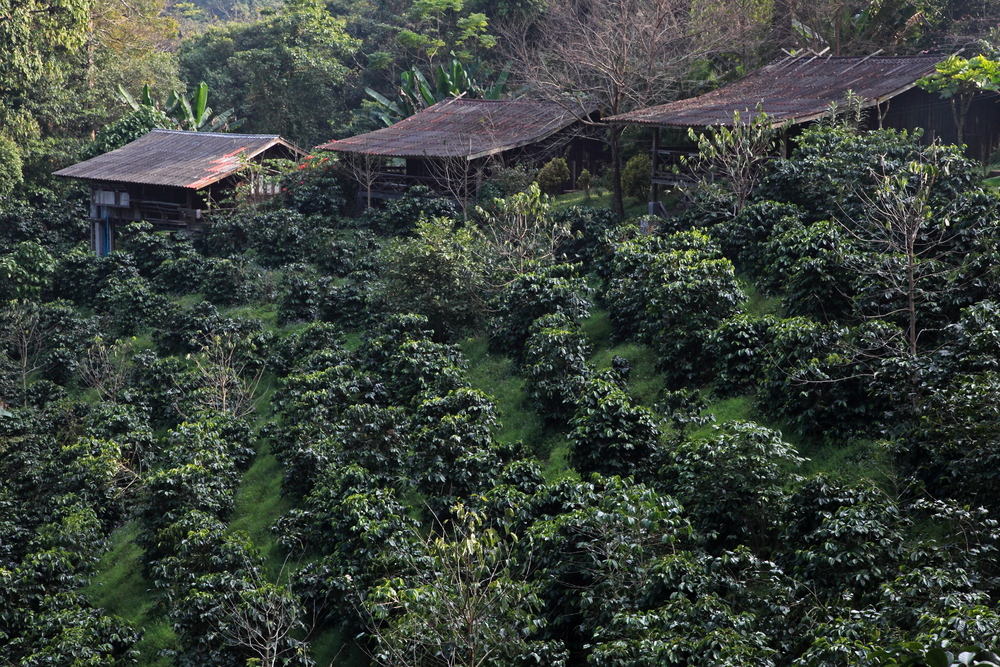Vietnamese Coffee Farmers Are Switching to Arabica in Increasing Numbers

In the 1990s, the Vietnamese government undertook an interesting project. In an effort to create a thriving national coffee industry, they began to give away free coffee seedlings to the indigenous peoples and those who’d been relocated to populate the interior highlands at the end of the country’s war with the United States.
These seedlings were primarily of the Robusta variety. Just like magic, where there was no coffee industry to speak of one season, the next season saw coffee producers selling to roving groups of middlemen.
Since then, the coffee industry in Vietnam has grown to be the second largest in the world, with countrywide production only being bested by Brazil, and it’s easy to see why. Southern Brazil, and particularly the area around Sao Paulo, has roughly the same climate and altitude as the Vietnamese highlands, and significantly more room in which to grow coffee. Read on to learn more about the prized coffee beans that are grown in Vietnam.
The Evolution of the Vietnamese Coffee Industry
As has been the case in many other of the coffee growing regions around the world, the Vietnamese coffee industry was initially built on the commodity growing of cheap, Robusta beans. These were sold while still in their cherries, and then processed elsewhere to be sold on the world coffee market.
In order for Vietnamese growers to make it between harvests, many took loans from the same brokers they sold their raw crop to, and as a result, they eventually lost control of their lands.

The Switch to Arabica Beans in Vietnam’s Coffee Market
For many subsistence coffee farmers in Vietnam (and elsewhere), switching from the Robusta commodity crop to growing specialty Arabica beans has made a significant difference in their quality of life and economic viability.
In the world of coffee beans, the Arabica variety yields lower crop output; as a tradeoff, however, the Arabica bean can fetch higher prices at market – which is exactly how things have worked out for Vietnamese coffee farm owners.
The extra income generated by the switch to Arabica is being put to use by farmers to build facilities where they can process the coffee cherries, dry the beans, and store them, in order to take best advantage of surges in market price for their crop.
Specialty Coffee Makes It to Vietnam
Perhaps even more surprising than the initial founding and success of the Vietnamese coffee industry and its maturation and discovery of the Arabica bean, is the arrival of western-style coffee bars in the cities and larger towns of Vietnam.
Using locally grown and processed Arabica beans, local micro-roasters are setting up cafes that serve standard western coffee drinks such as the latte, the mocha, and the cappuccino to Vietnamese customers and tourists alike.

The Bottom Line on Coffee (From Vietnam)
The bottom line on coffee is whether or not consumers are willing to pay a premium for what you are producing. In the case of Vietnamese Arabica, whether it’s grown in the country and processed elsewhere, or grown and processed by family operations like the one mentioned above, doesn’t seem to matter.
The verdict handed back by distributors, small-batch roasters, and consumers is unanimously positive. Vietnamese Arabica is rightfully taking its place among some the best coffee produced anywhere in the world!
